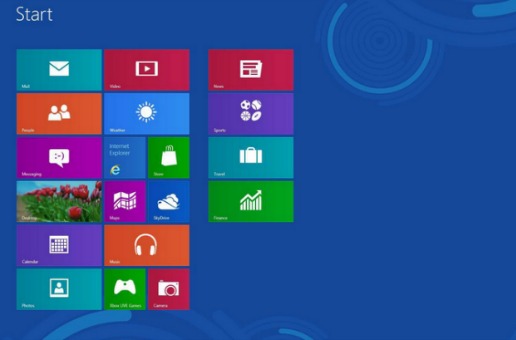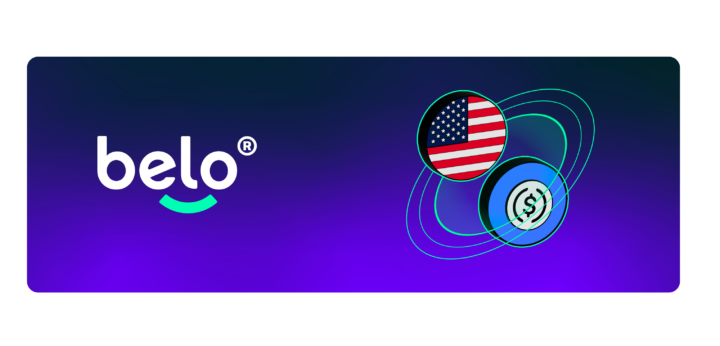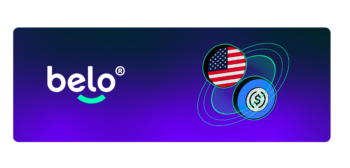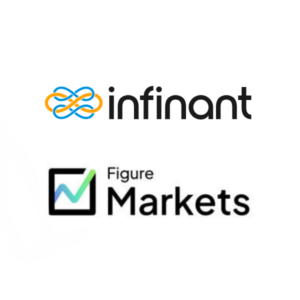What’s one tip would you give a fellow entrepreneur launching her MVP at a conference or event?
The following answers are provided by the Young Entrepreneur Council (YEC), an invite-only nonprofit organization comprised of the world’s most promising young entrepreneurs. In partnership with Citi, the YEC recently launched #StartupLab, a free virtual mentorship program that helps millions of entrepreneurs start and grow businesses via live video chats, an expert content library and email lessons.
1. Practice Failing Beforehand
 Your first product is probably full of bugs. Early demos have a knack for crashing. Your pitch isn’t perfected yet. Early investors and judges are used to this; it’s your reaction that matters. When practicing my pitch, I’ll simulate mistakes. I force myself to lose my place in my speech or crash a demo, and then work my way out. If you can’t deal with planned failure, you’ll crash in real life.
Your first product is probably full of bugs. Early demos have a knack for crashing. Your pitch isn’t perfected yet. Early investors and judges are used to this; it’s your reaction that matters. When practicing my pitch, I’ll simulate mistakes. I force myself to lose my place in my speech or crash a demo, and then work my way out. If you can’t deal with planned failure, you’ll crash in real life.
2. Answer the Tough Questions
 A conference is a terrific opportunity to find out what a specific group really thinks about your offering. Develop a Q&A in advance so that you come across like you know what you’re doing and that your appearance inspires trust.
A conference is a terrific opportunity to find out what a specific group really thinks about your offering. Develop a Q&A in advance so that you come across like you know what you’re doing and that your appearance inspires trust.
– Alexandra Levit, Inspiration at Work
3. Be Memorable Somehow
 Investors, press and the general audience have seen tons of pitches at any given launch event. Why will they remember yours? Think about your conversions. What do you want out of event Investment? Press? New users? Make sure your pitch is memorable and create a call to action so that people check out your product or share it with their friends on social media after the event.
Investors, press and the general audience have seen tons of pitches at any given launch event. Why will they remember yours? Think about your conversions. What do you want out of event Investment? Press? New users? Make sure your pitch is memorable and create a call to action so that people check out your product or share it with their friends on social media after the event.
4. Get It Into Speakers’ Hands
 Speakers are the “popular kids” at events, so make sure they know about your product before you get there. Contact them at least a week before the event with a free account. Even if they don’t end up using it, at least they will have heard of you and you have a chance they could even name-drop your product during their talk!
Speakers are the “popular kids” at events, so make sure they know about your product before you get there. Contact them at least a week before the event with a free account. Even if they don’t end up using it, at least they will have heard of you and you have a chance they could even name-drop your product during their talk!
– Laura Roeder, LKR
5. Tell a Great Story
 Tell a great story that everybody can relate to. This will keep your audience intrigued and your presentation will become memorable. If your story is slightly funny, that’s even better!
Tell a great story that everybody can relate to. This will keep your audience intrigued and your presentation will become memorable. If your story is slightly funny, that’s even better!
6. Keep It Simple
 Having organised the biggest student-run business plan competition in the UK this year, my main advice would be to keep it simple. The most successful pi tches are those that the audience and the jury can both understand. Technical questions will come later, impress people with the vision, not the details — and don’t feel pushed into doing a live demo if your product isn’t ready.
Having organised the biggest student-run business plan competition in the UK this year, my main advice would be to keep it simple. The most successful pi tches are those that the audience and the jury can both understand. Technical questions will come later, impress people with the vision, not the details — and don’t feel pushed into doing a live demo if your product isn’t ready.
– Christopher Pruijsen, Letslunch.com
7. Try to Stand Out
 As much as you should keep your pitch or presentation simple, you should do the opposite when you’re offstage. Put flyers, business cards, and other promotional materials everywhere you go. Do something out of the ordinary that will turn some heads. Launching can be very difficult, but receiving attention early on can generate the momentum needed to make your business a success.
As much as you should keep your pitch or presentation simple, you should do the opposite when you’re offstage. Put flyers, business cards, and other promotional materials everywhere you go. Do something out of the ordinary that will turn some heads. Launching can be very difficult, but receiving attention early on can generate the momentum needed to make your business a success.
8. Have Interviewees Available
 The point of launching at an event is to get press coverage, so you need to have people available for bloggers and journalists to quote. That includes both the knowledgable people from inside your organization and users from outside who will give you rave reviews. Do what it takes to have them on-site for the launch, even if it’s just to mingle at parties afterwards.
The point of launching at an event is to get press coverage, so you need to have people available for bloggers and journalists to quote. That includes both the knowledgable people from inside your organization and users from outside who will give you rave reviews. Do what it takes to have them on-site for the launch, even if it’s just to mingle at parties afterwards.
– Thursday Bram, Hyper Modern Consulting
9. Use a Soft Launch
 Initiate a soft launch ahead of time. The purpose of an MVP is to get feedback from customers and iterate. You can do this in small batches, ahead of time, so you can make more of an impact at the event. If you wait until the event to launch, you may find you’ve missed the mark and can no longer capitalize on the buzz of the event.
Initiate a soft launch ahead of time. The purpose of an MVP is to get feedback from customers and iterate. You can do this in small batches, ahead of time, so you can make more of an impact at the event. If you wait until the event to launch, you may find you’ve missed the mark and can no longer capitalize on the buzz of the event.
– Bhavin Parikh, Magoosh Test Prep
10. Give a Lot of Information
 I believe that giving a ton of information and content during the event is a good way to sell yourself and your product. By the time you’ve gotten to your “pitch,” people think, “Man, if I got this much stuff for free, the paid stuff has to be awesome!”
I believe that giving a ton of information and content during the event is a good way to sell yourself and your product. By the time you’ve gotten to your “pitch,” people think, “Man, if I got this much stuff for free, the paid stuff has to be awesome!”
– Jordan Guernsey, Molding Box
11. Share a Case Study
 Don’t just tell the audience what your service or product does, show an example that resonates with the audience. Politicians constantly tell stories about individuals because t’s much easier if you put a name and a person to what you’re selling and show a real-world use-case.
Don’t just tell the audience what your service or product does, show an example that resonates with the audience. Politicians constantly tell stories about individuals because t’s much easier if you put a name and a person to what you’re selling and show a real-world use-case.
12. Provide Valuable Content
 Provide lots of training and content during the presentation. It’s always best to give a good amount of valuable information before trying to sell anything; it builds trust and reassures prospects that you know what you’re talking about.
Provide lots of training and content during the presentation. It’s always best to give a good amount of valuable information before trying to sell anything; it builds trust and reassures prospects that you know what you’re talking about.
– DC Fawcett, Paramount Digital Publishing
13. Watch Your Definition of ‘Minimum’
 When launching a new product, you need to make sure that you can tell the story of what your product will be! Too often entrepreneurs think that “MVP” is a shortcut for “Okay is good enough.” Launching in public should carry a greater weight than sharing the product with a few friends and advisers. Make sure that your product — and your story — truly is viable before going on stage.
When launching a new product, you need to make sure that you can tell the story of what your product will be! Too often entrepreneurs think that “MVP” is a shortcut for “Okay is good enough.” Launching in public should carry a greater weight than sharing the product with a few friends and advisers. Make sure that your product — and your story — truly is viable before going on stage.









